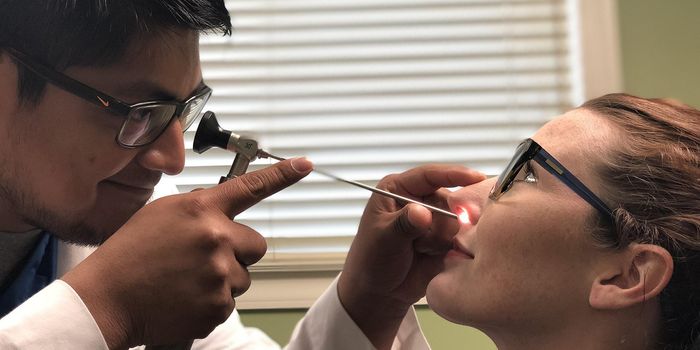Investigating Sex-Specific Differences in Health and Metabolism: A Comprehensive Study
Sexual dimorphism, or the biological differences between males and females, is a complex and fascinating area of study. Recent research published in PLOS Computational Biology has demonstrated that these differences extend beyond mere anatomical disparities and encompass various aspects of human biology, including metabolism and responses to pharmaceuticals.
The study started by analyzing adverse event reports in the United States, spanning almost two decades from 2004 to 2021. Researchers used AERSMine, a data-mining tool, to study the adverse event reports, focusing on those with explicit age and sex information. Patients aged between 15 and 65 were considered, ensuring that the analysis centered around a specific demographic. Adverse events labeled as "liver-related" were the primary focus, and these included various liver-associated issues such as drug-induced liver injury and hepatic enzyme abnormalities. The study revealed that sex-specific differences exist in adverse event reporting, underlining the significance of sex as a variable in understanding drug-induced adverse effects.
Utilizing Tasks Inferred from Differential Expression (TIDEs) and the Human1 metabolic model, they examined how gene expression variances influenced metabolic pathways. TIDEs assigned weights to reactions based on gene expression differences, allowing the identification of sex-specific metabolic subsystems. Their findings illuminated the existence of sex-specific differences in metabolism, particularly in the liver. This suggests that the liver's functionality is not the same across sexes, which may have broader implications for health and drug responses.
The researchers also constructed sex-specific metabolic models using the Human1 model and gene expression data. They employed the Reaction Inclusion by Parsimony and Transcript Distribution (RIPTiDe) method, which assigns weights to reactions in the metabolic model based on gene transcript abundances. This resulted in the creation of individualized metabolic models for males and females, totaling 403 female models and 109 male models. By examining these models, the researchers were able to identify unique reactions that were differentially activated between sexes.
Understanding the nuances of sex-specific differences in metabolism could lead to advancements in personalized medicine. Tailoring treatment plans to an individual's sex might enhance both the effectiveness of therapies and the reduction of adverse drug reactions. As we continue to unravel the complexities of sexual dimorphism, we move closer to achieving more precise, effective, and safer medical treatments.
Sources: PLOS Computational Biology








